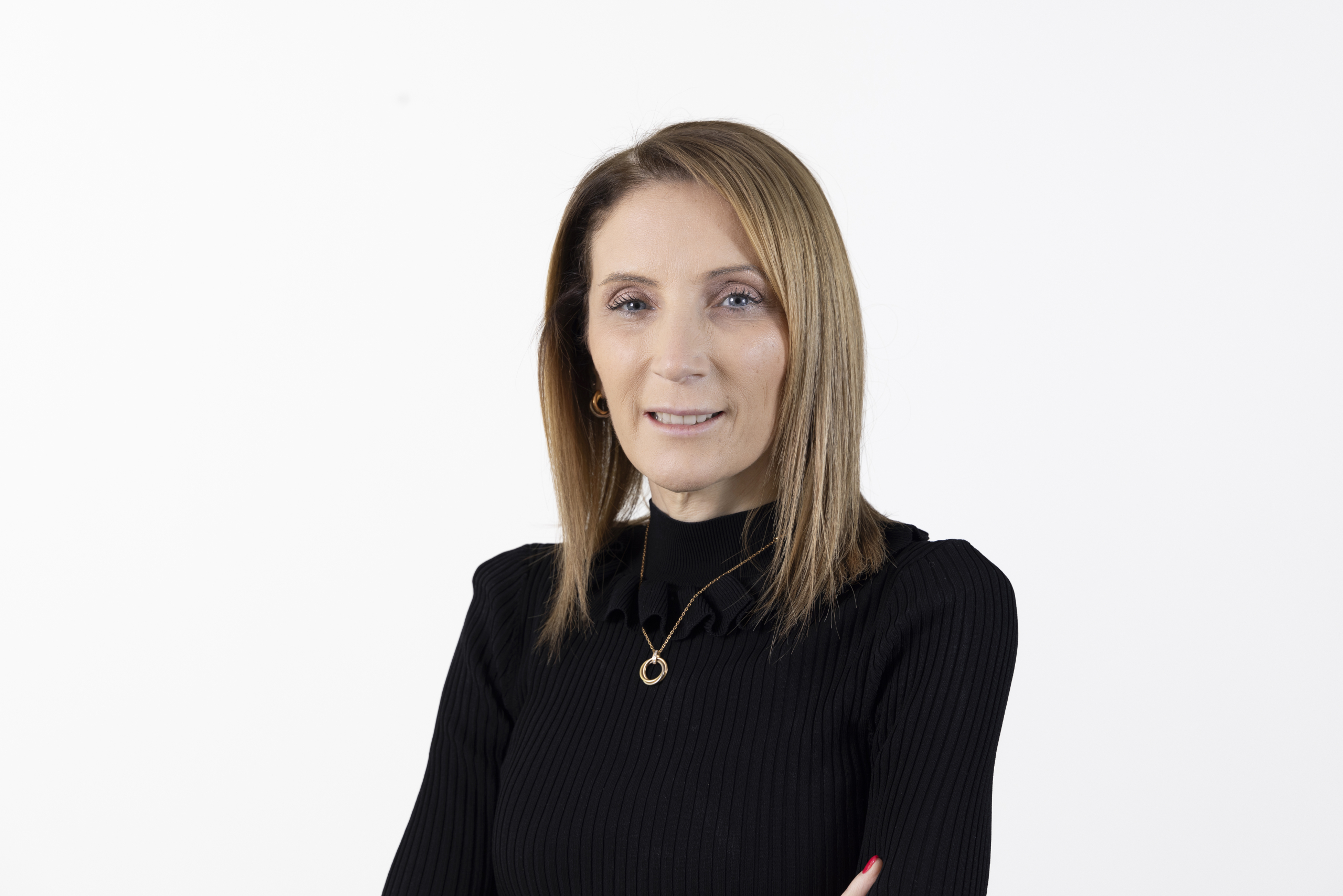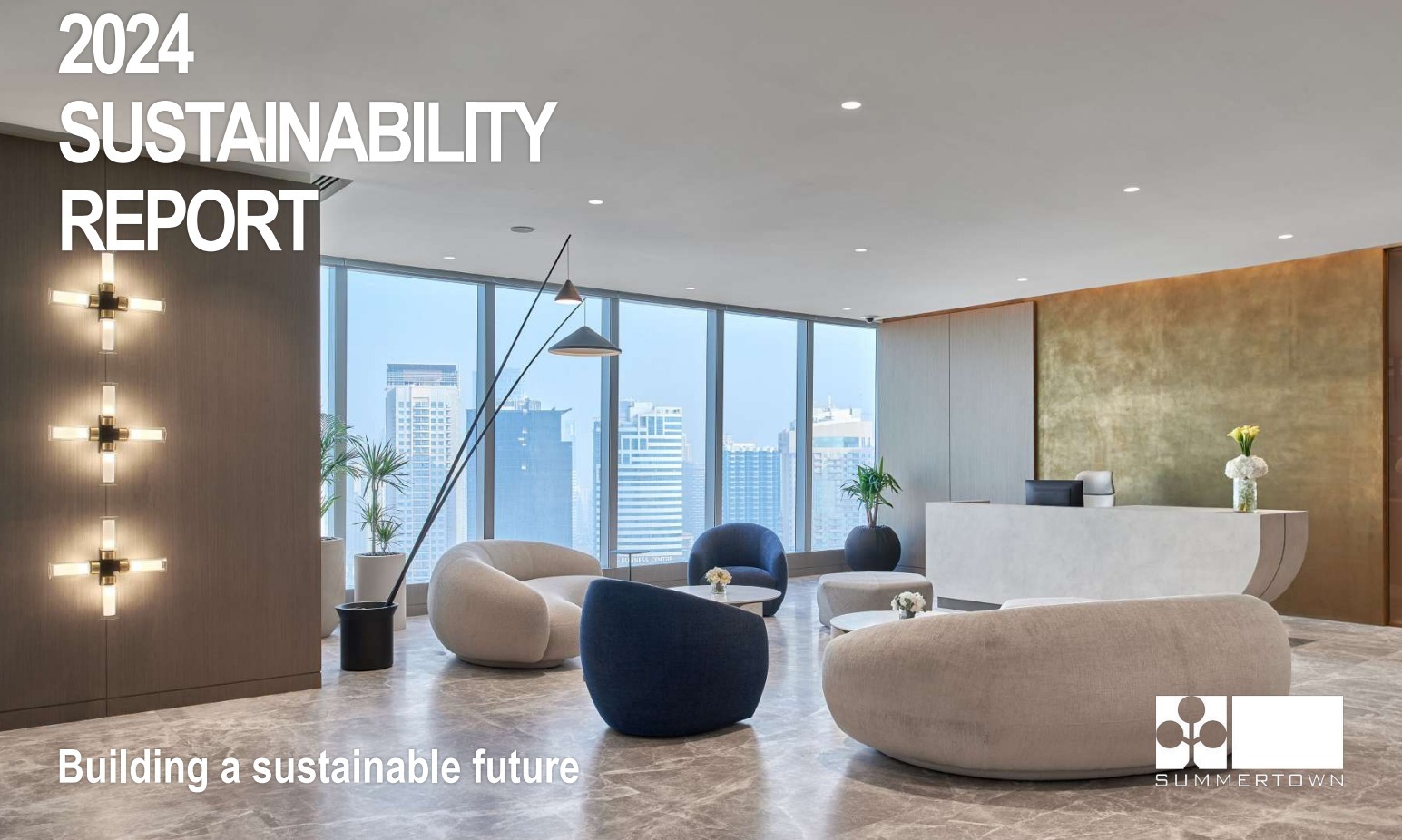A quiet shift is redefining the future of office fit-outs – and it’s changing more than just layout. As businesses rethink their spaces, multiple forces are driving designs that reflect deeper, more deliberate priorities.
Sustainability will remain steadfast throughout 2025, but it’s evolving, while the rise of employee-centric design is set to steer fit-out decisions in new and unexpected directions. These are some of the trends we’ll be looking at within this article, as we explore the trends shaping sustainable office fit-outs for 2025 – from subtle design choices to innovations that will positively influence the way we interact within our workplaces.
1. Micro-Experiences: Spaces That Spark Well-Being
The days of the one-size-fits-all office are fading. In their place, micro-experiences are emerging – small, purpose-driven spaces designed to offer employees moments of calm, creativity, or movement. Trend reports from across various industries highlight how businesses are set to focus their efforts on driving employee well-being; creating offices that increase the health and vitality of those who come to work with them. As such, the office fit-outs of 2025 are predicted to incorporate areas like meditation pods, green breakout spaces, and compact fitness zones to support employee well-being.
Why does this matter? Extensive research highlights the impact of breaks – and the absence of them – on employee performance. The surprising outcome? Spaces designed for rest and reflection actually enhance productivity. It may seem counter-intuitive that breaks increase productivity, but the science is clear. Quiet corners for reading, indoor gardens for mindfulness, or even VR rooms for creative exploration do more than just lift morale – they recharge mental energy, fostering greater focus, engagement, and overall efficiency. In essence, investing in these spaces isn’t a luxury; it’s a strategic move that yields tangible returns.
From a sustainability perspective, micro-experiences often embrace reclaimed materials, natural finishes, and eco-conscious furnishings. This aligns with LEED certification standards in Dubai, reflecting a holistic approach where wellness and sustainability intersect. While these design elements may seem subtle, their impact on employee well-being – and the broader environment – is anything but small.
2. Local Craftsmanship and Sustainable Materials: Rooted in Place
Sustainability remains a driving force in office fit-outs for 2025, with government initiatives like Net Zero 2050 shaping industry priorities. Sustainable office fit-outs will increasingly tell stories of place – woven through materials that celebrate local craftsmanship and environmental responsibility. According to Hamilton Fraser’s 2025 design insights, there’s a noticeable shift toward regionally sourced materials such as desert stone, palm wood, and recycled glass – all chosen to minimise the carbon footprint linked to long-haul shipping.
This trend extends beyond reducing environmental impact, to create office spaces that resonate with the local identity and culture. Collaborating with UAE artisans and suppliers allows businesses to craft environments that feel both authentic and grounded, while simultaneously contributing to the regional economy. The result? Distinctive office fit-outs that merge sustainability with a grounded sense of belonging.
For organisations pursuing LEED certification in Dubai or aligning with the UAE’s Circular Economy Policy, integrating local materials becomes a strategic, value-driven choice. By 2025, office spaces in Dubai won’t just reflect contemporary aesthetics – they will embody a deeper connection to the region and its environment.
3. Agentic AI for Smarter, More Sustainable Offices
As sustainability and cost-efficiency take centre stage, agentic AI is set to play a pivotal role in office fit-outs by 2025. This advanced form of AI is available through smart technology, and it doesn’t just automate processes – it monitors, learns, and adapts to how spaces are used in real time. From adjusting lighting and air conditioning to managing meeting room occupancy, agentic AI ensures that offices run efficiently, cutting energy use and reducing waste without the need for manual input.
To make this possible, agentic AI is woven into the infrastructure during the fit-out process. Sensors, smart climate controls, and automated systems are installed early – before ceilings, walls, and finishes – ensuring the technology is seamlessly integrated. Devices are designed to blend with or complement the office aesthetic, maintaining a clean, polished environment while supporting long-term adaptability. By embedding these systems from the start, businesses can future-proof their spaces and avoid costly retrofits down the line.
Once operational, agentic AI acts as an invisible caretaker – adjusting systems, tracking occupancy, and regulating energy use based on daily activity. Meeting rooms dim when unused, and workspaces shift according to the number of employees present, prolonging the life of fit-out components and supporting sustainability targets. For companies focused on creating adaptive, efficient work environments, agentic AI ensures sustainable office fit-outs will remain responsive, cost-effective, and environmentally conscious for years to come.
4. Soundscaping and Acoustic Zoning: Designing for Focus and Flow
Open offices promised collaboration, but when poorly planned, they can cause distraction. In 2025, businesses will address this through soundscaping – enabling offices to manage noise in a way that boosts productivity without stifling interaction. According to Framery’s 2025 Office Design Report, more companies are integrating acoustic zoning as part of their sustainable office fit-out strategy.
Through thoughtful soundscaping, a busy brainstorming session on one side of the office will no longer derail deep-focus work happening on the other. By layering sound environments with acoustic pods, soundproof panels, and sound-masking technology, offices can separate high-energy areas from quiet zones. This creates a more balanced, productive workspace in which employees can thrive.
What makes this trend truly sustainable is that it reduces the need for constant renovations. Rather than tearing down walls, businesses can design flexible soundscapes that evolve with their needs – a hallmark of sustainable fit-outs in Dubai. Furthermore, the long-term benefits involve less material waste, fewer disruptions, and healthier, happier teams.
5. Circadian Lighting: Lighting That Works with You
Lighting is evolving from a basic necessity into a key driver of employee productivity and well-being. Circadian lighting, which adjusts throughout the day to mirror natural light patterns, is set to become a major trend in sustainable office fit-outs. This surge in popularity reflects the broader shift towards employee-centric design, as businesses recognise the link between workplace environments and mental and physical health. By aligning artificial light with the body’s internal rhythms, circadian systems can boost focus, mood, and overall energy levels – essential elements for a thriving, engaged workforce.
The benefits extend far beyond improving concentration. Circadian lighting helps to reduce eye strain, regulate sleep patterns, and lower absenteeism, directly contributing to long-term productivity. As companies place greater emphasis on employee well-being, this technology offers a practical solution that enhances health while supporting business performance. Additionally, circadian lighting helps organisations align with WELL and green certifications, reinforcing sustainability goals while creating more comfortable, energy-efficient and productive spaces.
In Dubai’s climate, where natural light varies significantly across the seasons, circadian lighting ensures consistent lighting quality without excessive energy use. This approach reflects a growing movement towards sustainable office fit-outs that balance employee wellness with environmental responsibility. By embracing this trend, businesses can future-proof their spaces, fostering healthier, more productive workplaces that adapt to evolving workforce needs.
The Office Fit-Out Trends for 2025
The future of office fit-outs is evolving in ways that prioritise people, planet, and performance. As we look ahead to 2025, the trends shaping office spaces reflect a growing recognition that sustainability and employee well-being go hand in hand. From the rise of micro-experiences and local craftsmanship to the integration of agentic AI, acoustic zoning, and circadian lighting, businesses are rethinking their spaces with a more holistic, long-term perspective.
This shift isn’t just driven by aesthetics or innovation – it’s grounded in the need to build adaptable, responsible environments that support both business growth and the health of those who occupy them. Fit-outs are no longer static; they are dynamic, responsive, and designed to evolve alongside the workforce. By embedding smart technology, sustainable materials, and thoughtful design into the very foundations of office spaces, companies can future-proof their investments while contributing to broader environmental goals.
As Dubai continues to position itself as a leader in sustainable development, these trends highlight an exciting path forward – one where offices aren’t just places to work, but spaces that inspire, energise, and sustain. For businesses ready to shape the next generation of workplaces, the opportunities lie not in grand overhauls but in smart, subtle decisions that deliver lasting impact – contact Summertown today to start this transformation within your own offices.

